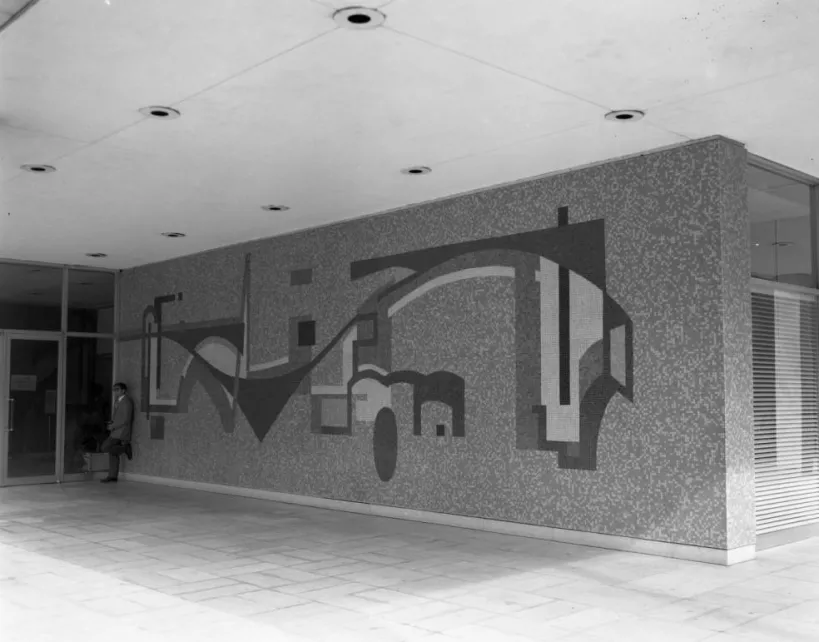In Defense of Mid-Century Modern

At the corner of Pickens and Gervais streets in downtown Columbia, there stands a Queen Anne mansion. The home is uniquely Victorian with a high turret and cedar-shingled roofline. There are few people in Columbia who, today, would say the house is anything short of beautiful.
If you traveled back in time to 1917 to that same street corner, this building would be one of many Victorian homes. However, as tastes and technologies changed, these homes fell out of fashion. In fact, they were often labeled “tacky” and fell prey to the wrecking ball of “progress”.
If a community tore down every building that fell out of fashion, the built landscape would more closely resemble an Etch-a-Sketch than a city. There is a tendency to preserve only the “best” examples of an architectural style or period. Exceptional structures deserve praise and recognition, yes, but so do commonplace buildings. Preserving the corner store or bus station gives us a better idea of the full context of a community – of all the pieces that make up the whole. The preservation of the grand and the vernacular provides us with this wide span of context.
In June, the City of Columbia’s Planning Commission voted to approve a development plan for eight blocks of Main Street south of the State House. Overall the plan addresses much needed changes to the area; however, in doing so it not only ignores but portrays the demolition of several Mid-Century buildings, which were recently deemed eligible for listing on the National Register of Historic Places.
The Mid-Century was Columbia’s moment. Stepping out of the shadow of the Civil War and into a rapidly-changing world, the city’s attentions turned to modernization—to catching up with the rest of the country. Major Southern hubs such as Atlanta and Raleigh were constructing Modern government offices, higher education facilities, homes and hotels. With the construction of Cornell Arms in 1949 by Lyles, Bissett, Carlisle & Wolff, Columbia stepped into the stoplight of this building boon. Standing at the corner of Senate and Pendleton streets, Cornell Arms was touted as the tallest building between Richmond and Orlando. People took notice of this—they prized the apartments as being the finest, most technically and spatially innovative in the city.
Just down the street from Cornell is the James F. Byrnes International Center. Built in 1957, Byrnes originally housed federal government offices for the region. It was with this building that the government chose to represent itself. Gone were the looming columns and dark doorways. Instead, Byrnes’s lobby is made of glass. It’s literally a transparent government building. There was nothing else like it in Columbia. Nowhere else could you peer through glass and see government officials going about their daily lives—you could see your tax dollars in motion.
The buildings on South Main encapsulate what it meant to be alive during a tumultuous, rapidly-changing point in history. If we lose our Mid-Century landscape, we ignore the importance of this transition and in the process set ourselves on the track to make the same mistakes as those who demolished the Queen Anne homes that once defined Gervais Street. It takes an appreciation of the past, even the recent past, to establish an informed context for the future.